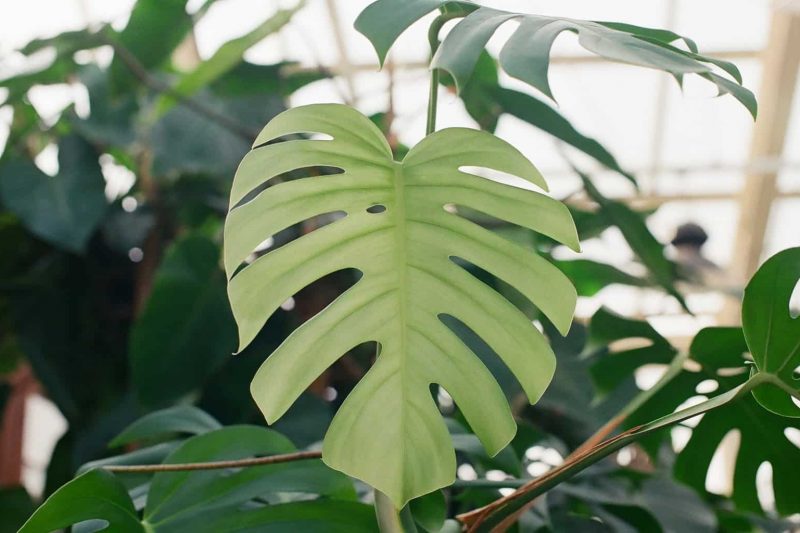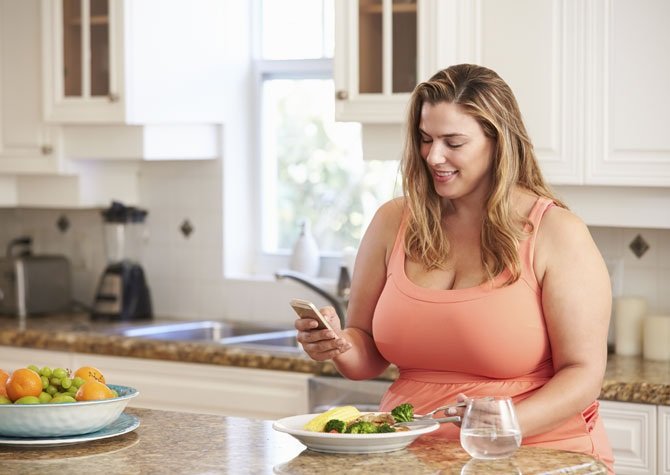Although the majority of plants do not have flowers growing directly from their stems as this one does, it does, and there are many of them. However, the leaves of this plant is so beneficial that many gardeners choose to grow it despite the fact that it does not produce very beautiful flowers or particularly excellent fruit.
The Monstera Borsigiana, a green variegated variety, seems like it may be a cousin of the monstera deliciosa borsigiana. Only one of these explanations—that it’s a Deliciosa cultivar—holds water. The Monstera borsigianaalbovariegata is a white-flowered variety of this plant. Unlike the M. Deliciosa, which doesn’t produce its vines until it’s much older, this plant develops them right from the start.
Caring For Your Indoor Plant
Indoor plant selection is as much a personal preference as a practical consideration. You may choose from a wide range of options. Indoor plant maintenance may vary somewhat from outside plant maintenance. Every plant needs sunshine, although some require much more than others. Select a plant that thrives in partial or indirect sunlight if direct sunlight is unavailable at the site.
A bright room or a window that receives bright daylight for many hours is ideal for many plants, even those that don’t need direct sunlight. They tend to lean toward the sun or fill out more on their sunny side. Indoor plants benefit from being rotated by rotating the container so that the plant’s growth is more uniform and the stems don’t twist.
The selection and maintenance of indoor plants are influenced by several variables, the most important of which are:
- There is a wide range of moisture needs among flora and fauna. Both overwatering and underwatering should be avoided. Before watering a plant, be sure the soil meets its needs and examine it with your hands. Do not let the soil get too wet, regardless of how often you plan on watering.
- The soil in potting mixes has been formulated for indoor usage.
- This is not the same as the soil outside your house since it has been specially designed to provide the nutrition, support, drainage, and aeration they need to thrive. Allowing greater airflow to the roots of a plant may improve its overall health. Pot them in a soil and peat moss combination.
- Humidity levels of 80 percent are considered ideal. Humidity levels in the average house are maintained between 20 and 60 percent. Although there is some debate about whether misting plants truly helps, it is a method for increasing the humidity in their immediate environment. Ivy is one plant that grows well in damp environments like restrooms. This is because they thrive in these settings and can even tolerate the low levels of sunshine.
- If plants in a pot have been there for a year or longer, the soil is likely depleted of all its nutrients. It’s best to feed the soil before planting anything in it to avoid repotting it later on due to soil deficiencies.
- When choosing which plants to sell, most retailers focus on the range of temperatures they can tolerate. Most commercially available species do well at temperatures between 60- and 80-degrees Fahrenheit. Nonetheless, there are certain specialized plants that can only survive in a narrow temperature range.




